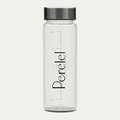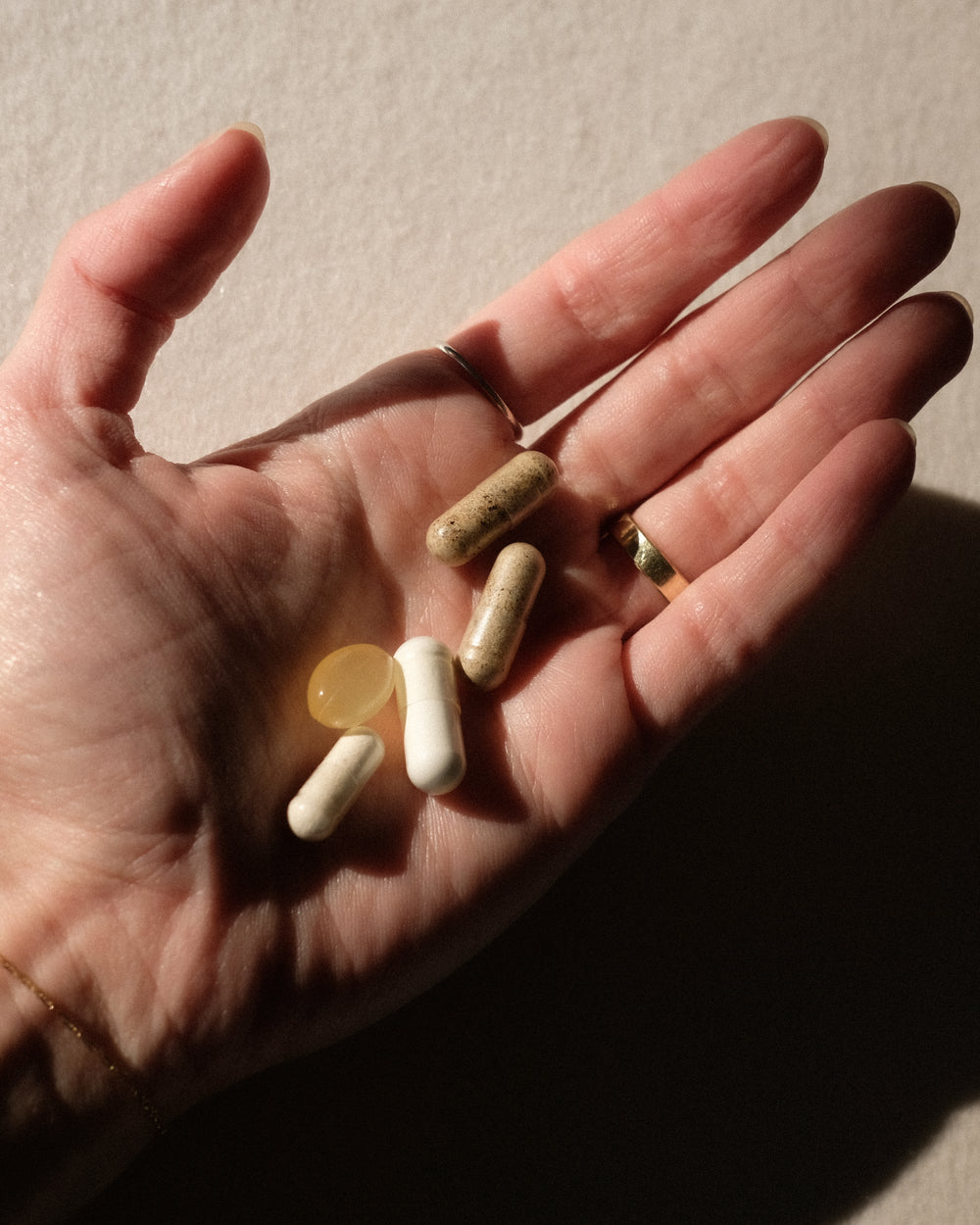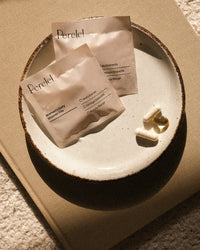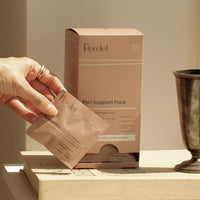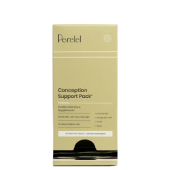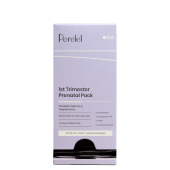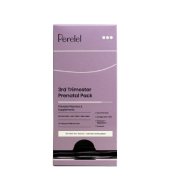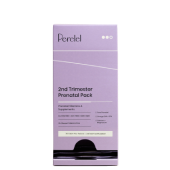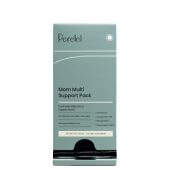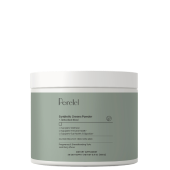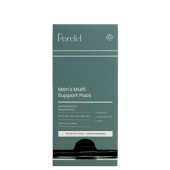We believe in choosing clean ingredients you can trust. For us, that means selecting high-quality ingredients in their most absorbable, bioavailable formats. We don’t cut corners by opting to use cheaper or fewer ingredients. And we don’t use any synthetic colorants or additives—ever. Instead, when you switch to Perelel you’re choosing a more natural and holistic approach to prenatal and postnatal care that’s backed by research and tailored to your exact stage of motherhood. And as you make the switch to an all natural supplement regimen, that means a whole new experience with your vitamins.
What is a vitamin supposed to taste and smell like?
Well, they should taste and smell like vitamins.
Switching from vitamins that contain sugar, flavoring and additives to an all natural regimen may be an adjustment if you’re particularly sensitive to smell and taste. That’s because ingredients now taste and smell just as they do in their natural form. But the simple swap goes a long way when it comes to your health.
Many household brands market their vitamins as easy to swallow and better tasting by using coatings, added sugar or sugar alcohol (a misleading term that’s often listed as a carbohydrate on nutrition labels), synthetic coloring and artificial flavoring. But this often comes at the expense of your health.
The Background
- Consumer reports show that most chewable or gummy vitamins contain less ingredients than what’s listed on their nutrient labels.
- Chewable vitamins are less stable than their tablet or capsule alternatives. That’s because vitamins and nutrients are sprayed on like hard-coated candy, which means a less reliable vitamin that can lose potency over time.
- Coated and long-acting supplements are actually ineffective for iron, a key nutrient throughout pregnancy. That’s because iron needs to be broken down in the stomach. And instead, coated vitamins or timed-release supplements are broken down in your large intestine, which doesn’t allow your body to absorb the nutrients it needs.
- Most chewable or gummy vitamins don’t contain iron at all because it’s so difficult to mask the metallic taste.
- Many household coated vitamins contain harmful additives and chemicals such as shellac, plasacryl, triethyl citrate. Methacrylic acid copolymer, or sweeteners such as maltodextrin and aspartame.
When we reclaim our experience with our vitamins, we’re in turn reclaiming our health.
Why do my vitamins make me feel nauseous?
If you’re feeling nauseous after taking your vitamins, that is likely due to the fat soluble vitamins in your Core Prenatal since they get broken down in your stomach. And the most common offender is iron. However, iron is an important nutrient when it comes to pregnancy and fertility. During preconception, an increased intake of iron has been associated with a lower rate of ovulatory infertility. And throughout pregnancy, more iron is needed to support your growing baby. At the same time, iron deficiency is the most common nutritional deficiency worldwide among women of reproductive age and throughout pregnancy.
- Ferrochel® Iron Bisglycinate Chelate: The most bioavailable, and absorbable form of iron that’s easiest to tolerate and digest. We only use ferrochel® iron here at Perelel so your packs are gentle on the stomach but still effectively deliver the nutrients your body needs.
Additionally, more acidic nutrients such as vitamin C and zinc may cause nausea because they can irritate the stomach lining. But because of the important role they play throughout pregnancy and in boosting your immune system, we recommend leaving them in your daily vitamin regimen.

Tips for Taking Your Vitamins
To help ensure you’re getting the nutrients you need in their natural and most absorbable formats, here are some tips for taking your supplements:
-
Don’t take your vitamins on an empty stomach.
-
Minimize any lingering smells or tastes by popping your Perelel pack in the freezer for 30 mins to an hour prior to taking.
-
Take your vitamins with a full glass of water and skip the coffee.
-
Add Perelel to your bedtime routine and take your supplements right before you go to sleep.
These statements have not been evaluated by the Food and Drug Administration. This product is not intended to diagnose, treat, cure or prevent any diseases.
